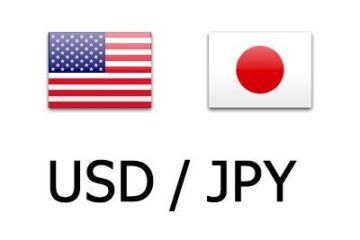Mondelez, producer of brands ranging from Chips Ahoy to Triscuits, says the pandemic will keep people at home and snacking, inflation notwithstanding.
The fourth quarter was a mixed bag for packaged-food company Mondelez International (MDLZ) – Get Mondelez International, Inc. Class A Report as more consumer couch time due to lockdowns helped spur a jump in revenue, while cost inflation challenged its bottom line.
Consumers turned to the company’s iconic snacks — Oreo, Chips Ahoy, Ritz Crackers and Triscuits — while Covid-19 kept them homebound in 2021.
“Consumers continue to choose our trusted and beloved brands for both comfort and sustenance at home and on the go,” Chief Executive Dir Van de Put said on the company’s earnings call. “The pandemic continues to fuel the desire for comfort and indulgence.”
Staying Home, Snacking From the Couch
That consumer approach led to revenue of $7.66 billion, the highest quarterly total for the Chicago company over the past two years.
As the world’s rebound from the pandemic has slowed in recent months due to the emergence of the omicron variant, Van de Put said, the majority of adults in the U.S. aren’t expecting to eat out more this year than they did last year.
“Time at home and eating at home look likely to remain elevated. In the U.S., for example, 60% of adults are not expecting to eat out more in 2022 than they did in 2021,” Van de Put said.
Inflation and Supply-Chain Issues
It wasn’t all cookies and cream for Mondelez in the quarter, however, as inflation cut into profit, leading the company to lift prices.
“Like other companies, we are experiencing cost inflation globally, particularly on transportation costs, dairy, edible oils and packaging,” Van de Put said.
The company reported earnings of 72 cents a share, an 11% increase from a year earlier. The figure fell just short of analyst expectations of 73 cents a share, according to a FactSet survey.
Mondelez [“continues] to manage through significant volatility in the supply chain due to labor shortages at third parties as well as a continuing gap between demand and supply of trucking capacity in containers in places like U.S. and the U.K.,” the CEO said.
Particularly in some emerging markets, “Covid-19 continues to cause disruption in consumer mobility …, impacting our gum business and on-the-go products. … Additionally, the rise of the omicron variant is driving high levels of absenteeism in certain markets while limiting recovery mobility,” Van de Put said.
Prices Rise. Consumers Shrug.
To combat higher production costs and supply disruptions, the company has been raising prices and controlling costs.
The market environment is “characterized by global input cost inflation alongside supply chain, labor and transportation disruption,” the executive said. “We are effectively mitigating these challenges through ongoing cost discipline and strategic pricing actions.”
Mondelez raised prices between 6% and 7% in December based on cost projections from October.
Nonetheless, it says those price rises probably won’t hurt the popularity of its brands.
[“Although] 70% of global consumers report concerns about inflation, it has done little to date to change their grocery shopping behavior,” he said.
“This is consistent with the observed price elasticity, which has been much lower than historical levels. …” Price elasticity speaks to, for example, how much demand drops when prices rise.
Mondelez said higher prices weren’t enough to make up for rising ingredient and transportation costs in the just concluded quarter, so it would likely raise prices further around the world this year.


